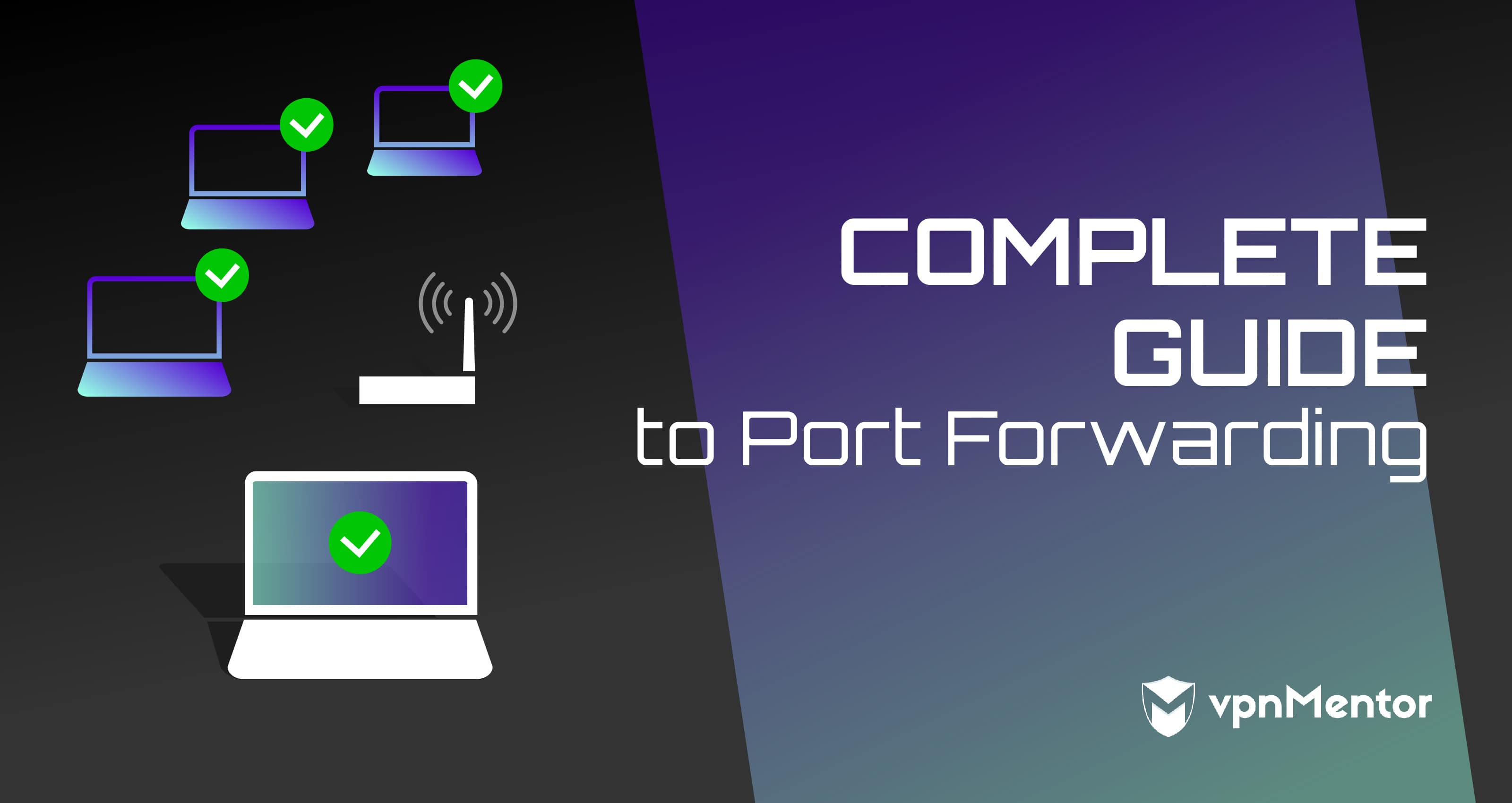- Back To My Mac Manual Port Forwarding Settings
- Back To My Mac Manual Port Forwarding System
- Back To My Mac Manual Port Forwarding Number
When signing in to MobileMe and enabling Back to My Mac, TCP port 443 is used. For connections between machines, Back to My Mac typically uses UDP port 4500. There is a BTMM user guide here. To set up port forwarding for your Mac, you need to (a) determine your NAT type, (b) get a static IP address for your Mac, (c) determine your game’s port number and type, and (d) change your router’s NAT type. Determine your NAT type To see if your NAT settings are affecting your gaming, first determine your NAT type. Find a port forwarding preset. Many routers will have a drop-down menu with pre-configured options for well-known applications. If you need to open ports for one of these applications, select it from the 'Service Name' or 'Application' (or similar) drop-down menu and then save your changes by clicking Save (or similar). Common Problems & Fixes For Port Forwarding. Of PcWinTech.com. Port forwarding can sometimes be a rather big pain in the butt. Depending on which router the person has (Some routers are easier than others at setting up port forwarding rules) it can be easy to setup, but not easy to get working.

Back To My Mac Manual Port Forwarding Settings
To best answer your question on whether the two are 'mutually exclusive,' let take a look at how Back to My Mac (BTMM) basically works.

BTMM - General Requirements
- OS X Leopard 10.7.3+
- Active iCloud account. Each Mac & the AirPort router, that will be relying on BTMM, needs to be configured with the same account.
- A publicly reachable IP address for your router.
- A router that supports either NAT-PMP or UPnP. For AirPorts, be sure it is running 7.6.1+ firmware.
- BTMM uses TCP port 5354 and UDP ports 4500 & 5353 for communications.
BTMM - Basic Communication Flow
- For a computer connected to the Internet via a router, BTMM 'asks' the router for its configuration information. For a router, like your AirPort, that uses NAT-PMP, BTMM will ask the router to assign arbitrary public ports. In turn, the router will provide these port assignments (& the router's Public IP address) back to BTMM.
- BTMM then sends this information to the iCloud account. In background iCloud updates a special set of DNS entries to be used by BTMM. These entries are then made available to all BTMM clients using your iCloud account. When a computer, with BTMM enabled, uses your iCloud credentials, it automatically retrieves a list of all other computers/routers that are registered with the same account. All these devices should then appear under the SHARED section of the Finder.
- When attempting to connect to a remote computer (or router), BTMM creates a secure connection to that remote device using the information from the iCloud account.
- Once the connection is established, the devices can then communicate with each other.
So potentially, unless you are using Port Mapping for any of the ports BTMM uses, they should not conflict.
Nov 3, 2012 12:31 PM
As of July 1, 2019, Back to My Mac service is no longer available. You can use these alternatives for file access, screen sharing, and remote desktop access.
Access files across your devices with iCloud Drive
When you turn on iCloud Drive, your files automatically upload to iCloud, where they're safely stored and available on all of your devices. Turn on the Desktop & Documents Folders option in iCloud Drive to store them in iCloud, too. Now you have access to all of your files, on all devices, at any time.
Learn how to set up iCloud Drive and add desktop files, or get more help with iCloud Drive.
You start with 5GB of free iCloud storage and can upgrade any time from any device. iCloud Drive has an individual file-size limit of 50GB.

Back To My Mac Manual Port Forwarding System
Access your other Mac with screen sharing
If you have more than one Mac, screen sharing lets you use one Mac to view and control your other Mac on the same network. This means you can open, move, and close files and windows, and use apps from another Mac. Learn how to set up and use screen sharing.
Manage your Mac deployment remotely with Apple Remote Desktop
Back To My Mac Manual Port Forwarding Number
If you want additional remote management capabilities, such as installing and configuring apps, helping remote users, and creating detailed reports, you can buy Apple Remote Desktop from the App Store. You can use Remote Desktop to remotely manage Mac computers in a commercial or business environment. Learn how to use Remote Desktop.
